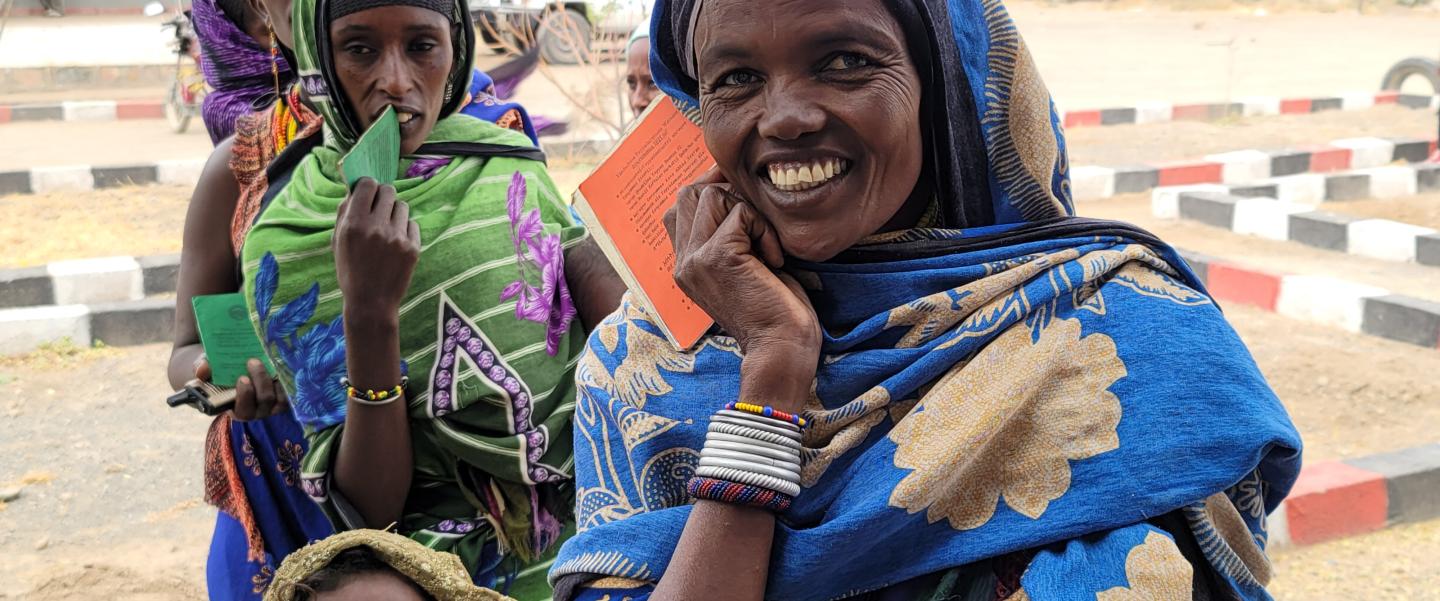HIGHLIGHTS
- Poorly performing woredas (districts) have small government budgets for public health, poor financial management capacity, and high out-of-pocket health spending, all of which impedes access to quality care.
- Abt works to improve the capacity of healthcare financing reform implementation in targeted woredas.
- Public financial management skills and practices are improving, enrollment in community-based health insurance is growing, and woredas allocate more money for health.
PROJECT
Transform: Primary Health Care Project
The Challenge
Achieving the Ethiopian Ministry of Health’s ambitious targets to reduce maternal, neonatal, and infant mortality by more than half requires substantial investments at the woreda (district) level. The ministry’s challenges include insufficient government budget allocation for quality health service delivery; financial planning and budgeting capacity gaps; the small number of community-based health insurance (CBHI) schemes; the low level of CBHI enrollment; and low utilization of maternal, newborn, and child health services.
The Approach
Abt executes the health care financing work under the Pathfinder-led Transform: Primary Health Care project, which the U.S. Agency for International Development funds. Targeting the primary health care (PHC) level, efforts focus on:
- Strengthening public financial management (PFM) to improve woreda-based planning, budgeting, budget execution, and reporting
- Improving revenue retention and utilization practices at health facilities to help ensure that resources contribute to service delivery quality improvements
- Supporting CBHI implementation and expansion to more woredas to promote increased use of health services.
The Results
In collaboration with local counterparts, Abt has:
- Developed PFM guidelines for use at the PHC level—the first of their kind in Ethiopia—and trained woreda finance personnel and health facility finance staff in their use
- Upgraded the skills of health facility personnel to improve PFM, including allocation and use of retained revenue. That enables the use of the funds to increase the availability of essential commodities and supplies and to finance facility improvements that enhance the quality of PHC services. PHC units increased revenue collection by 89% between 2017 and 2021
- Tripled the number of CBHI-implementing woredas and expanded the number of eligible households enrolled in CBHI, resulting in more than 23.2 million beneficiaries who have financial protection to access health services in woredas where the project operates.
Learn More:
